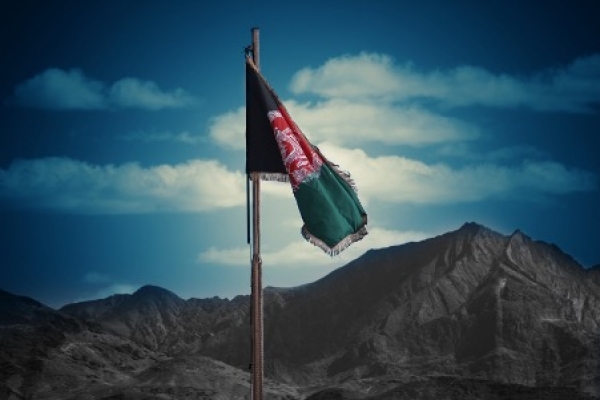The United Nations Office for the Coordination of Humanitarian Affairs (OCHA) ensures crisis-affected people receive assistance and protection by coordinating the humanitarian action. The latest report issued by OCHA presents an overview of the humanitarian needs in Afghanistan. It provides data and facts about the crisis during the year 2021 in its attempt to find key responses in 2022. A high-tempo crisis has plagued Afghanistan for 40 years, however, the conflict intensified in 2021, resulting in severe implications for the Afghan people. As a result of its national impact, the escalation negatively affects the political, social, and economic profiles of the country. This has resulted in a deterioration of the humanitarian and protection situation. Meanwhile, the future outlook for 2022 remains uncertain.
The present study adopted an inter-sectorial analysis approach by analyzing the importance of sectoral needs and severity as well as the interlinkages and compounding effects across various sectors. The present work was conducted in Afghanistan through a workshop directed by OCHA and the involvement of cluster coordinators, assessment leaders and information management officers. The sources included data on nationwide multi-sector assessments as well as individual cluster-based surveys and data. The follow-up analysis of needs was converted into numerical severity rankings through the use of multi-sectoral need indicators. This method, known as the Joint Intersectoral Analysis Framework (JIAF), is used to calculate the number of People in Need (PiN) in 2022.
OCHA highlights the combination of the worsening situation and the increase of the population (41.7 million people) led to 24.4 million people in humanitarian need in 2022, up from 18.4 million people in January 2021. In August 2021, the Afghan crisis was worsened by instabilities in the political situation, the health system, the food sector, and general services to the population. In this vein, poverty, economic fragility, insecurity have taken over resulting in a severe humanitarian and protection crisis. As a consequence, a total of 24.5 million people (55%) are estimated to need humanitarian assistance in 2022 of whom 9.3 million of which are in extreme need. A total of 5.35 million people are women and 13.1 million are children – 6.3 million girls and 8.8 million boys, with nearly 2 million people with severe disabilities.
A massive intervention is needed to restore and assist people with basic needs and services in order to prevent a deteriorating situation over 2022. The present study conducted a risk analysis in order to look at potential risks and negative influences that people are likely to face. Some of the risks and influences may include poor governance and sanction programmes, food insecurity and malnutrition trends, household debt, remittances, negative coping, Covid-19 pandemic and other disease outbreaks, risks for women, men, boys and girls such as GBV and early marriage, but also individuals with disabilities and mental health issues and many others.
Forecasts for the year 2022 are based on a projected most likely 2022 planning scenario in order to identify critical issues people will deal with. Based on the multi-sectoral analysis, the study examined the impact of the crisis on multiple sectors. As for security, it was agreed the most likely scenario will be a stabilization of the conflict situation. With regards to the geopolitical situation, the informal recognition of the de facto government is expected to continue in 2022. Furthermore, the economy is still fragile, however, if the financial sector stabilizes, major challenges may be prevented. In terms of drought and food insecurity, the situation is not expected to change. In fact, there would be an increase in malnutrition in relation to health needs due to a higher degree of poverty.
There is a real possibility of a worsening situation over 2022 because gaps and limitations still exist in whatever sectors are included in the assessment led by OCHA. To date, the uncertainties over gender, disabilities, health, food security, protection and the political system remain grey areas to be faced. However, international organizations are expected to deliver in full their commitments aiming at the development of consistent tools for effective protection and the supply of basic needs to the Afghan people.
To read more, please visit:
Author: Valentina Di Carlantonio







